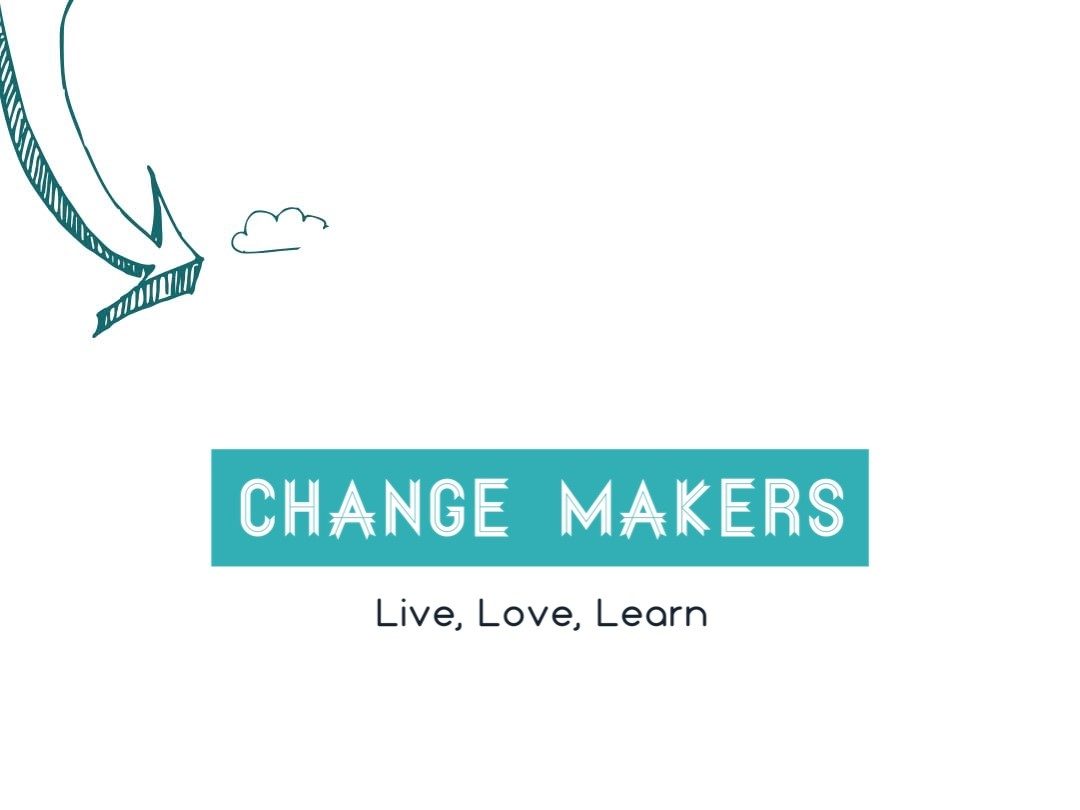One thing that we were really concerned about as we planned how we might work with students online was how we would make them feel comfortable, engaged and welcome in our online space. A space with no edges, no doors or windows and none of the iconic signifiers of a learning space.
There had been a lot of discussion more widely about whether students would turn their cameras on. Could they be required to? Would some students be marginalised or othered by sharing their environs on screen?
And what about us as teachers? How would we appear professional? Would we just be another face or box on the screen?
How could we represent Imperial – reassure students that they were having an Imperial-worthy learning experience – not just a cobbled together emergency video call?
Well we developed some strategic ground rules for our classes – both for teachers and students. However, the rules would not be dictated to students – rather modelled by the teachers and supported as they were embraced and enacted by students.
So. Here we go.
- Try to always conduct classes from the same place, so that students become familiar with our background and it helps to create a sense of space and place for students (I was massively challenged by this as I moved house in the second week of term, while teaching a class)
- Identify ourselves as teachers and members of Imperial College by always wearing our lanyards when in video classes and meetings with students. These are an important signifier of our identity – with the Imperial College label on the lanyard and the attached photocard. Our lanyards are also symbols of inclusivity as we adopted the rainbow lanyards last year, and we were very keen to retain this symbol within our interactions.
- Have a physical identifier in our own background that names our space for a Change Makers class. Our teaching team each have a foam board of the below image that we have behind us in every live and pre-recorded video interaction. It’s a bit like a very old-school, physical watermark.
- Create introductory videos and invite students to do the same – in our videos we explicitly talk about our own space – the imperfections, the things that might interrupt or distract us during class, things we’re looking forward to and things that might be a bit awkward.
- Allow students to have their video background showing or to use an alternative background
- Create activities that encourage students to create their own ‘team’ backgrounds, or backgrounds that adapt as they learn to show where they are in their project or task – this worked fantastically with our first year students who all adopted team backgrounds – as well as looking great and relieving any tensions about visible backgrounds, we could instantly tell which team a student belonged to, which was enormously helpful
- Individually ask students with their video turned off if they mind turning it on so that we can have a quick conversation – and then when they turn it on discuss whether it would be possible to have it on more of the time – all students opted to have their video on after these initial chats – except for in circumstances of poor internet connection when the students put their video on at the start and end of sessions and leave it off during so that their is less demand on their connection
- Checking in with students who have their video off during discussions so they know we know they are there and they are welcome to participate
- Acknowledge any difficulties that we are having with the online sessions and encourage students to do the same
- Encourage students to collaboratively problem solve issues related to the online sessions
- Ensure that any plenary discussion is both documented in Basecamp and recorded for student review
- Insist that all students use the name they want to be called as their Zoom identity – and any student that logs in using someone else’s account renames themselves or is renamed by the teacher so that the correct name is showing
- Leave time and room for students to interact and engage during discussions – it takes a few seconds for students to unmute themselves so you need to leave extra time for responses and be calm during any pauses or silences
- Create additional Zoom rooms for one to one conversations – even if you are already using Zoom rooms, create spare rooms before opening the rooms so that if needed you have a private space for unplanned one to one conversations – these can also be requested by students if they want to have a one to one conversation with another student
- Try to create social moments and spaces within the learning design – in a Zoom class, the students cannot even say hello to each other as they enter – they are missing out on so much informal interaction compared to in person classes, this must be formally accommodated by the teacher

Interested to know more?
Find out more about Change Makers online with the following posts:
The Virtual Classroom – come on a tour of our virtual classroom
The Rolling 24 Hour Class – how have we adapted the concept of the class to engage students in every time zone
The Check In – using a weekly reflective question to enhance learning, monitor attendance and engagement and target welfare checking
Change Makers (More Than A) Handbook – creating a handbook that is accessible and encourages students to read more about their learning
Does Working Online Have Any Advantages? – what have students been telling us about the benefits of working online
Breaking Down the Barriers to Online Engagement – what challenges have emerged and how have we tackled them so far

4 Replies to “Inclusivity and Hospitality”